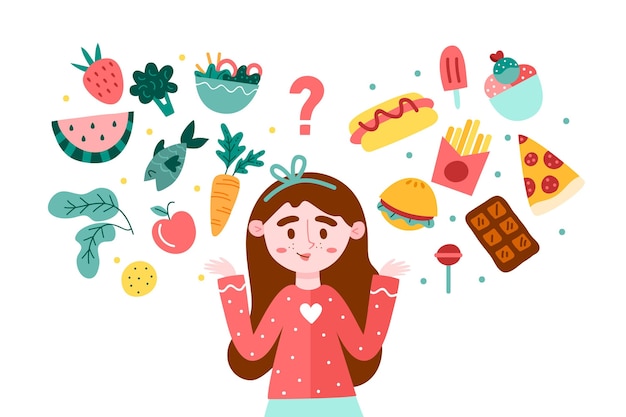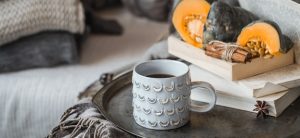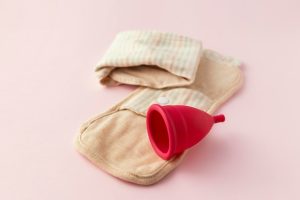
Let’s be honest, not everyone is a master chef. Even if you don’t run a Michelin-starred restaurant, you likely know a bit about cooking. But, surprise, surprise, some of that knowledge might just be myths.
Take the “5-Second Rule” for instance. You know, the one that says if you pick up food from the floor within five seconds, it’s still good to eat? Well, that’s not exactly true. Bacteria can latch onto your food in milliseconds. While this myth might not fool many people anymore, there are others that still seem pretty believable.
In this piece, we’re going to debunk 9 common cooking myths that many people still think are true. We’ll take a page out of a certain TV show’s book and bust these myths into tiny pieces.
1. **Bread goes stale because it loses moisture**
Who doesn’t love a good sandwich? And the star of any sandwich is the bread. It holds all the tasty ingredients together. So, it’s a real bummer when you come home to find your bread has gone stale, probably because it’s lost all its moisture, right? Wrong. The opposite is true. Your bread has actually absorbed more moisture from the air, causing the starch inside to crystallize.
So, what can you do? Well, fresh bread is just that, fresh. There’s not much you can do to keep it as soft as a cloud. But, stale bread makes great toast, so there’s a silver lining. If you want to keep your bread fresh for longer, store it at room temperature in a bread box, paper bag, or airtight container.
2. **Searing locks in the meat’s moisture**
When you sear meat, you apply high heat to the surface, triggering the Maillard reaction. This reaction browns and caramelizes the proteins and sugars on the meat’s surface, creating delicious flavors and aromas. The seared crust can indeed add depth and complexity to the taste of the meat. But, searing doesn’t create a physical barrier that keeps the juices from escaping.
In fact, searing can cause some moisture loss due to the high heat, causing the meat to shrink slightly. The searing process can create tiny openings in the meat’s surface, allowing juices to escape during cooking. Proper cooking techniques, like resting the meat after cooking or using the correct temperature, are more important for ensuring moist and flavorful results.
3. **Adding oil to pasta water prevents sticking**
Many people add oil to boiling pasta water to stop the noodles from sticking together. But, the oil just floats on top of the water and doesn’t effectively coat the pasta. Instead, stirring the pasta occasionally during cooking and using plenty of water is a better way to prevent sticking.
And while we’re on the topic of pasta, adding salt to water doesn’t make it take longer to boil. In fact, salt actually raises the boiling point of water, causing it to reach a higher temperature faster. Just be careful not to oversalt your spaghetti.
4. **Raw vegetables are always healthier than cooked ones**
While raw vegetables are nutritious, cooking certain vegetables can actually boost their nutritional value. For example, cooking tomatoes increases the availability of lycopene, a powerful antioxidant. Some vegetables, like spinach and carrots, also release more nutrients when cooked.
5. **Frozen fruits and vegetables are less nutritious**
Frozen fruits and vegetables often get a bad rap as being less healthy than fresh produce. But, frozen options are usually picked at their peak ripeness and frozen quickly, preserving their nutrients. In some cases, frozen produce can even have higher nutrient levels than fresh produce that has been stored for a long time.
6. **Washing chicken removes bacteria**
It’s a common belief that washing raw chicken under water removes bacteria and makes it safe to eat. But, washing chicken can actually spread bacteria around the kitchen through water splatter, increasing the risk of cross-contamination. The best way to kill any harmful bacteria is to cook the chicken to the appropriate internal temperature.
7. **Alcohol evaporates when you cook with it**
Some dishes taste great only because they were prepared with alcohol. But you’re not going to get drunk from that, right? After all, the alcohol gets cooked off or simply evaporates, right? Well, most of the alcohol can evaporate, but only if you cook the meal for up to three hours. So, keep this in mind the next time you serve your kids penne with vodka sauce or Chicken Marsala. And be mindful of dishes prepared with alcohol, especially if you’re on certain prescription drugs.
8. **The microwave oven destroys the food**
If you’re feeling a bit hungover from last night’s penne, you might not feel like cooking, so you just pop a frozen pizza in the microwave. Then you remember someone once told you that the microwave zaps all the nutrients in your food. But, good news, your microwave doesn’t destroy the nutrients in your food. In fact, it preserves more nutrients than a regular oven does. But, there are some meals you can’t cook in a microwave, so don’t toss out your kitchen cooker just yet.
9. **Opening the oven door while baking causes the food to collapse**
It’s a common belief that opening the oven door while baking causes the food to collapse or not rise properly. But, opening the oven door briefly to check on the food’s progress or rotate the pans usually doesn’t have a significant impact on the final result. However, it’s best to minimize oven door openings to maintain a consistent temperature and avoid heat loss.
And while you’re opening the oven door, have you noticed it might need a bit of cleaning? If you don’t have time to deal with cooking and cleaning, you can always hire professionals to help. Believe it or not, oven cleaning services can make your appliance look as good as new while enhancing its performance.
**Final thoughts**
It’s funny how myths can sneak into our culinary knowledge. With a bit of research, you can find out how many of these myths don’t even make sense. So, the next time you hear someone claim that adding oil to pasta water prevents sticking or that searing meat locks in the juices, you can confidently correct them with the facts. Cooking is a wonderful blend of art and science, and by debunking these myths, we can become better chefs in our own kitchens. Or at least in our own minds.






